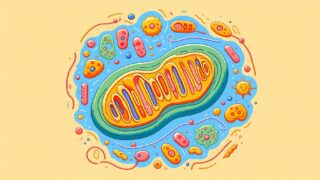 生物に敬意を表して
生物に敬意を表して Respect for the teeth
Teeth are located at the entrance where food is taken into the body, breaking down substances into small pieces for digestion. There seem to be creatures with a variety of teeth, including teeth that are constantly being replaced, teeth that continue to grow, teeth covered in iron, and teeth that are densely packed with over 20,000 teeth. In homage to the teeth that are directly connected to the activities of living things,








